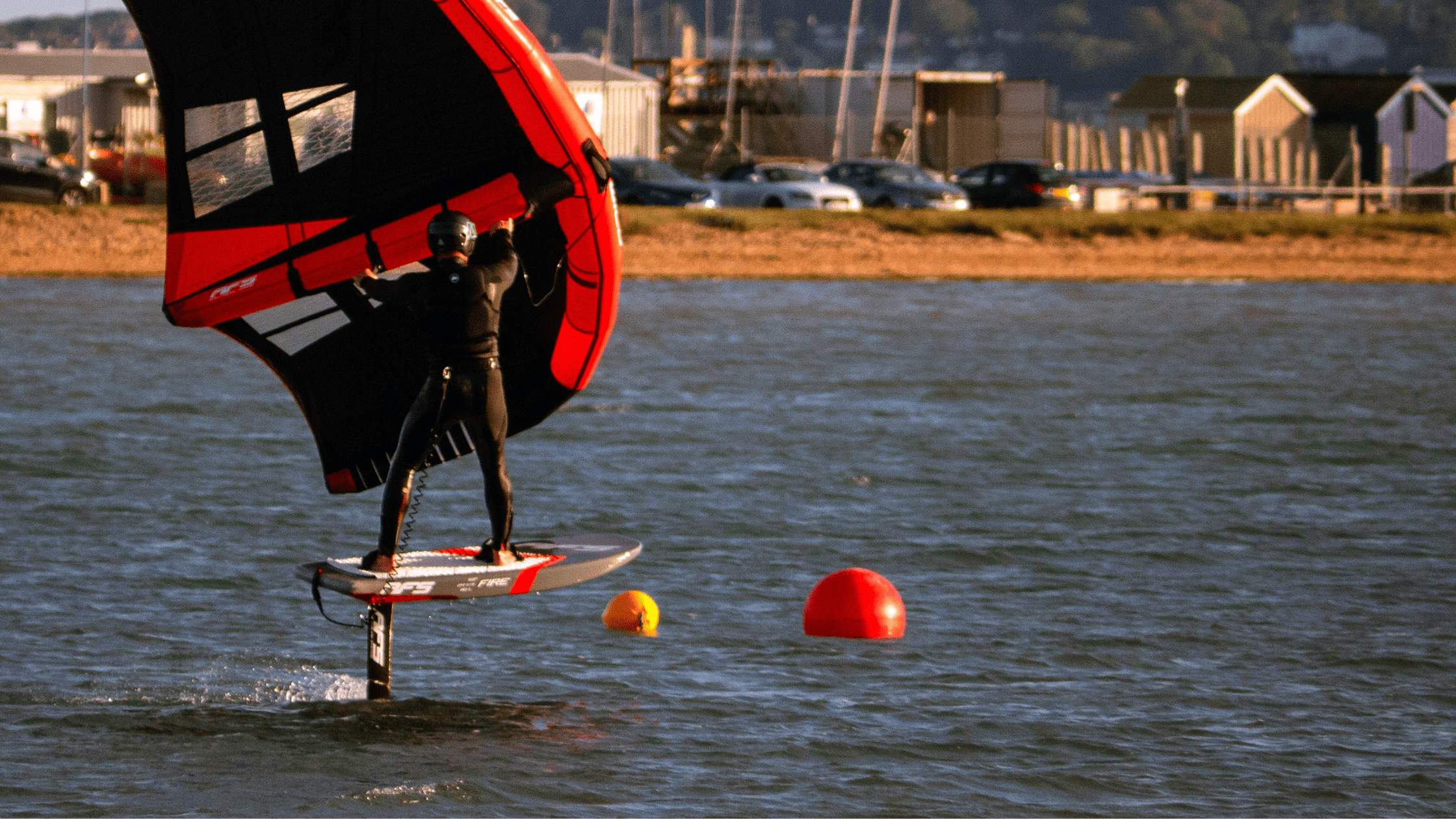Riding the Waves of Innovation
The Future is Skimming the Surface
Imagine slicing through the water, almost flying, as your boat hovers above the waves. This isn’t a scene from a futuristic movie—it’s the reality of hydrofoil technology. Hydrofoils, once a niche engineering marvel, are now revolutionizing our relationship with water travel. In this blog, we’ll dive into the world of hydrofoils, exploring their uses, benefits, and some basic considerations for those intrigued by this thrilling advancement.
What are Hydrofoils?
A hydrofoil is a type of boat equipped with wing-like structures, known as foils, mounted beneath the hull. As the boat speeds up, these foils lift the hull above the water’s surface, reducing drag and enabling higher speeds and improved efficiency. Think of it as an airplane under the water. Once it reaches a certain speed, it lifts off.
Riding the Waves of Innovation
- Recreational Boating: The thrill of hydrofoiling has captured the hearts of water sports enthusiasts. Hydrofoil surfboards and sailboats offer a unique, exhilarating experience, gliding above the waves with remarkable speed and agility.
- Commercial Transportation: In the realm of public transport, hydrofoils provide a fast and efficient means of traveling across water. They are particularly popular in regions with extensive waterways, offering quicker commutes with less impact on the environment compared to traditional boats.
- Military Applications: Hydrofoils bring strategic advantages to military operations. Their high speed and agility make them excellent for reconnaissance, quick strikes, or rapid deployment of forces.
- Research and Exploration: Hydrofoils are also being used for scientific research and exploration. Their ability to travel quickly and with less disturbance to marine life makes them ideal for environmental studies and oceanographic research.
Basic Considerations
- Design and Construction: The design of a hydrofoil is critical. It must balance the need for lift, stability, and speed. The materials used, such as lightweight composites, are crucial for performance and durability.
- Speed and Efficiency: Hydrofoils are designed for speed. By lifting the hull out of the water, they reduce drag, allowing for greater speeds and more fuel efficiency. This makes them an eco-friendlier option compared to conventional boats.
- Safety and Learning Curve: Operating a hydrofoil requires skill. For recreational uses, it’s essential to have proper training to handle these high-speed vessels safely. Manufacturers and enthusiasts are constantly working on making them more user-friendly and safe.
- Cost: Innovation comes with a price. Hydrofoils are generally more expensive than traditional boats due to their complex design and construction. However, the cost is gradually decreasing as the technology becomes more widespread and accessible.
The Future is Here
Hydrofoil technology is not just a glimpse into the future of marine travel,; it’s a present-day reality that’s reshaping our interaction with water. From enhancing recreational activities to revolutionizing transportation and aiding in scientific research, hydrofoils offer a glimpse into a more efficient and thrilling way of traversing the waters. As technology evolves, we can only expect these remarkable vessels to become more accessible, further opening the door to a world of possibilities on the high seas.



